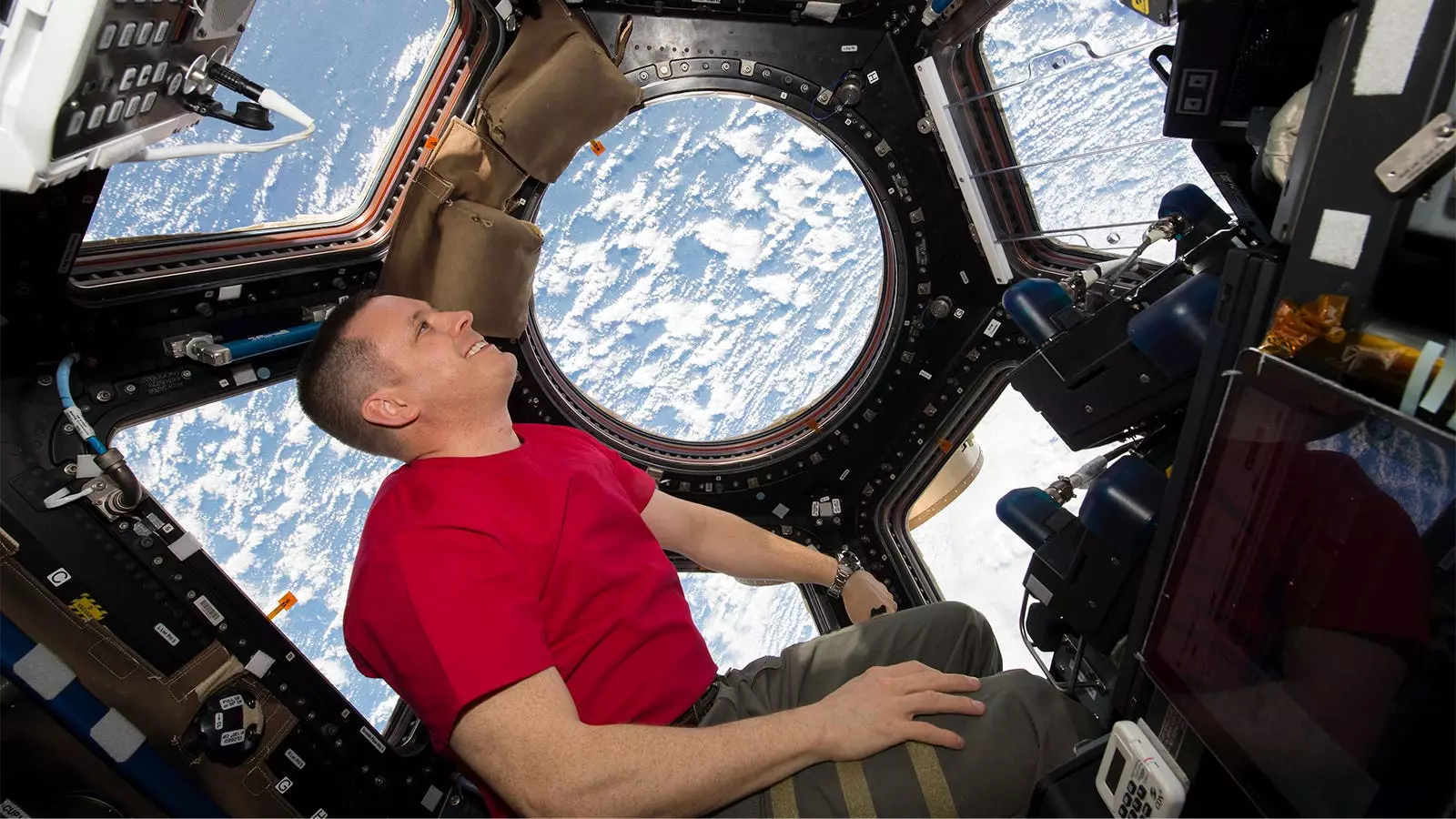Space flight has long been associated with a range of physical challenges for astronauts, with a recent study shedding light on a particularly concerning issue – headaches. According to a prospective study conducted by Dr. Willebrordus P. J. van Oosterhout and his team at Leiden University Medical Center, 91.7% of astronauts who participated in long-haul space flights experienced one or more headaches during their missions. These findings have raised questions about the potential health risks associated with extended periods of time in space.
The researchers found that the majority of headache episodes (89.9%) were tension-type headaches, while 10.1% were migraines. Interestingly, episodes occurring in the first week of space travel were more likely to have a migraine phenotype, while those in later periods were more likely to be tension-type. Dr. van Oosterhout suggested that the body’s adaptation to a lack of gravity during the initial stages of space travel could contribute to the onset of headaches. This phenomenon, known as space adaptation syndrome, shares similarities with motion sickness and can manifest as nausea, vomiting, dizziness, and headaches.
Past research has documented various changes in the brain and eyes of astronauts who have spent prolonged periods in space. Studies have shown significant increases in combined brain and cerebrospinal fluid volumes during long space flights. Additionally, the accumulation of fluids in the upper part of the body and head due to microgravity may lead to an increase in intracranial pressure, potentially triggering headaches. The exact mechanisms underlying space-related headaches remain unclear, highlighting the need for further research to better understand and address this health issue.
The study included 24 astronauts from different space agencies who were assigned to International Space Station expeditions. Astronauts completed daily and weekly questionnaires during their missions to track headache occurrences. Among the reported 378 headache episodes, the median individual frequency was nine headaches. Interestingly, no astronauts reported headaches in the three months following their return to Earth, suggesting that the headaches were specifically linked to the space environment.
During the study, astronauts reported using various treatments for their headaches, including acute anti-headache medication, other medication, and alternative therapies. The authors emphasized the importance of further research to uncover the root causes of space-related headaches and how these findings could inform the treatment of headaches on Earth. By understanding the physiological changes and environmental factors that contribute to headaches in space, researchers may develop strategies to mitigate this health risk for astronauts on future missions.
The recent study highlighting the prevalence of headaches among astronauts during long-haul space flights underscores the complex interplay between the space environment and human health. As space exploration continues to expand, addressing and mitigating health risks such as headaches will be crucial to ensuring the well-being of astronauts during their missions. Further research and collaboration among space agencies will be essential in unraveling the mysteries of space-related headaches and developing effective interventions to support the health and safety of astronauts in space.


Leave a Reply